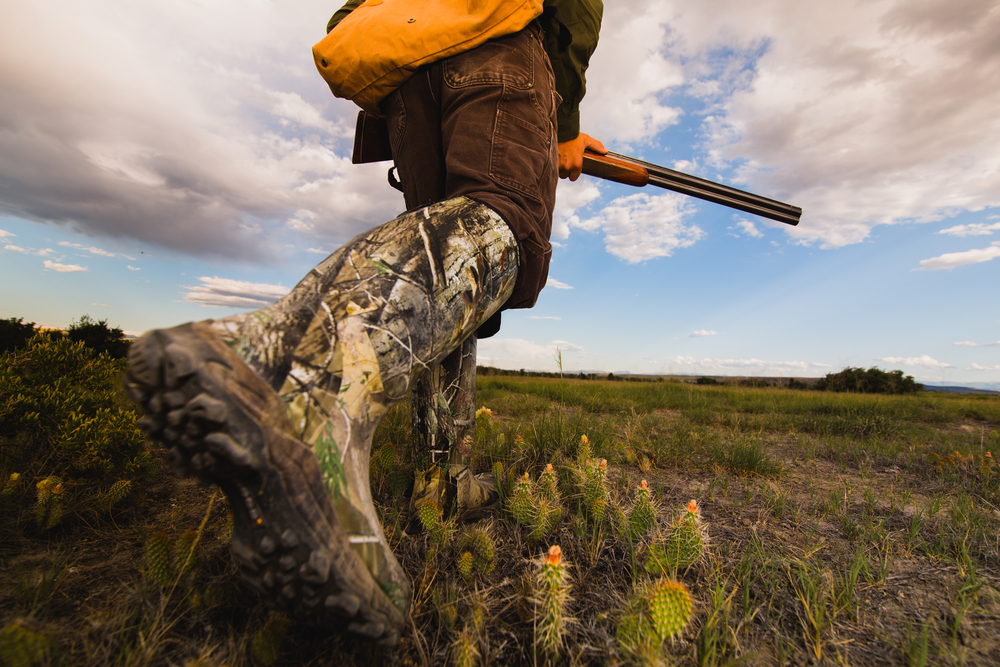Hearing the rattle of antlers as bucks clash, spotting the first rays of sunlight spill over the Appalachians and spending a few hours each weekend with old friends in the great outdoors. If you’re a hunter, these are probably just a few of the many reasons why you look forward to the beginning of hunting season in East Tennessee.
And, you’re not alone – hunting is one of the most popular outdoor activities in the nation. According to the U.S. Fish and Wildlife Service, 12.5 million Americans take at least one hunting trip each year – spending nearly $3 billion on equipment, lodging and travel.
Though, as with any sport, you do need to follow specific safety precautions to reduce your risk of accidents or injuries – especially when using tree stands. Given that one-third of hunters will experience a serious injury, usually related to falling, it’s important to wear a safety harness and keep in mind the following guidelines when using a climbing, fixed-position or permanent tree stand.
Tree Stand Safety Guidelines
- Check your gear for the manufacturer’s specifications before attempting to install the equipment. Depending on the materials used and the design, the minimum branch size, load-bearing capacity and the maximum elevation from the ground will vary – so be sure that you are familiar with the specs for your particular tree stand.
- Give the GPS coordinates of your location to friends and family members when you start to set up your tree stand. Whenever you’re in the wilderness, it’s always important to let others know where you are and when to expect your return. (Google Maps has a feature that makes this easy – allowing you to “drop a pin” in the app and easily share your location with contacts in your phone.)
- Don’t try to carry your firearms when climbing up or down – use a haul line instead. While it may seem easier to carry your gear, bow or firearm with you, it’s not worth the risk of slipping and falling. Researchers at the University of Alabama at Birmingham found that most tree stand injuries result in serious bone fractures (especially of the spine, shoulder and arms) and lacerations of the head and neck.
- Always wear a safety harness! A fall from any height carries some degree of risk and your chances of incurring a serious or even fatal injury are multiplied when an accident occurs at elevations high off of the ground. That’s why it is important to always wear a safety harness when you are using a tree stand. If you happen to fall asleep or lose your footing in the rain, wearing a safety harness just might save your life.
- Pull your stand down at the end of every season. Your tree stand isn’t immune to wear and tear. That’s why it’s important to take down your stand at the end of every season and store it in your garage or shed where it is protected from the elements and possible damage from wildlife. Also, before you set foot in a tree stand, take a few minutes to inspect your equipment for possible damage including frayed rope, rot and rain damage.
The next time you are heading out on a hunting trip, be sure to take extra tree stand safety precautions when hanging, climbing, hunting or descending from an elevated position. Don’t let a senseless accident happen to you.
Consult a Local Expert
A part of the Knoxville, TN community since 1946, the John Bailey Company knows that you need more than the run-of-the-mill coverage offered by other insurers. That’s why our insurance policies are designed especially for adventure seekers, hunters and outdoorsmen in East Tennessee.
Call 865.524.0785 or email brandon@johnbaileyco.com for a free policy quote. Contact us today!

